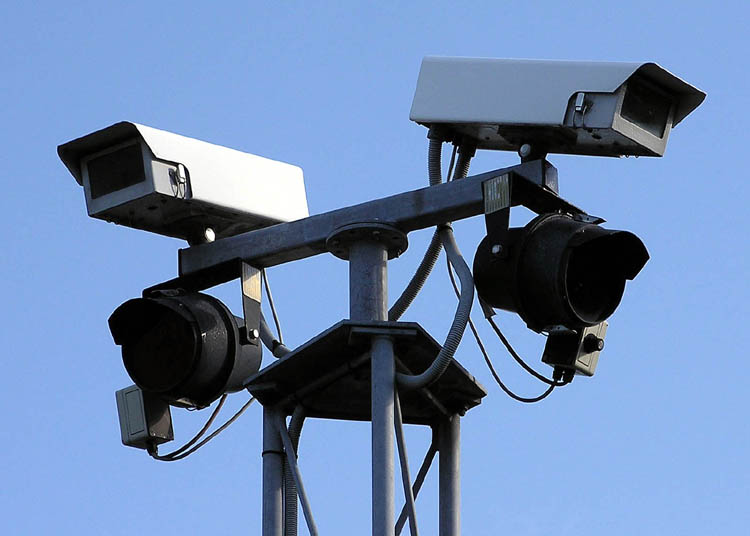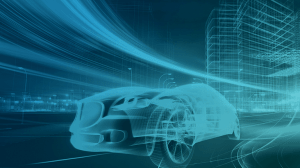ANPR cameras have become commonplace in many industries and government applications, and they usually have serious missions.
In this article, we’ll examine ANPR and point out some interesting things about it that may surprise you.We’ll start with some facts about how the technology developed and then move on to other information that may even be useful to you in your next trivia contest.
Adaptive Recognition (AR) has been at the vanguard of this technology since 1991, early days in the plate recognition industry.
Surprising Things About the History of ANPR
Believe it or not, the first development that ultimately led to ANPR was in 1914 when a guy named Emanuel Goldberg built a machine that could convert text to Morse code for telegraphing. Goldberg’s invention was the first step toward OCR (Optical Character Recognition).
During the next century after that, OCR became more useful and user-friendly. Most personal computers have that ability today.
High-resolution digital photography is what you’re using when you take a selfie with your smartphone. Your phone’s ability to recognize a face in the picture and even tell you whose face it is similar to what an ANPR camera does.
It takes a digital photo of a vehicle, picks the license plate out of that image, and reads the plate with OCR. Then it takes the plate data and uses it as input for software or compares it to a database to identify the vehicle’s owner and something about the owner.
The original use of ANPR, as with most emerging developments, was experimental. The Police Scientific Development Branch in the UK first tried it out in the late 1970s. In 1981, police used if for the first time to identify a stolen car on the A1 Motorway outside London and apprehended the thief. Finding stolen vehicles continues to be an important function of the technology, though far from the only one.
When that first stolen vehicle was identified in 1981, ANPR cameras were stationary and heavier, and bulkier than they are now. With miniaturization and technological progress, compact in-car and car-top units have become commonplace. These cameras can read plates and even measure speeds while both vehicles are moving.
Number Plate – or License Plate?
Both terms indicate the identification tag attached to a motor vehicle or certain other conveyances. In some jurisdictions, farm tractors, bicycles, etc., carry identification tags. This tag identifies the vehicle’s owner and usually has some history about the vehicle attached to its file in a database.
The two terms differ only in where they are commonly used. At Adaptive Recognition, since they work internationally, both terms are often used in their branding and descriptions of their devices and services. The terms are interchangeable.
License plates, or number plates, have many different forms. Many European countries use a longer plate than in the U’S. and some other countries.
In most U.S. states and in some other countries, owners can, for an extra fee, purchase special numbers with personal or clever meanings. Terms for them include vanity plates, personalized plates, custom plates, and others.
Adapting License Plates for Machine Reading
Since ANPR cameras have become so useful in various police work, some countries have adapted their plates to make it easier for the machine to distinguish characters accurately.
ANPR cameras have evolved to a high state of accuracy. Even so, the detail of making a small gap in some curved parts of some characters facilitates even better accuracy. See the image above.
In 2003, the U.S. state of Texas outlawed the use of novelty frames around license plates because they interfered with the ANPR function.
2in1: Speed Measurement and Vehicle Identification
Intuition would suggest that, if this technology can identify hundreds of vehicles per minute, it could easily measure vehicle speeds as well. Not necessarily true!
Special software must be added to the camera’s processor to enable this function. Like most forms of technology, this option has become less expensive than it was just a few years ago. In most places, it is now cheaper to add speed measurement to an ANPR camera than to purchase and install radar units.
Uses of Plate-Reading Beyond Traffic-Related Concerns
Motor vehicles have some part in many crimes besides car thievery and traffic violations. Many cases of murder, robberies, vandalism, tax evasion, etc., are abetted by cars or other motor vehicles.
Databases can easily include those crimes, and their perpetrators, in databases so the perpetrators can be identified through the vehicle(s) they own. Any ANPR camera linked to that database can then automatically flag the authorities when that car appears.
In a recent example (2005), the murderer of Sharon Beshenivsky, a UK police officer, was apprehended through the use of ANPR technology.
To learn more about Adaptive Recognition’s ANPR cameras and the wide variety of purposes they serve, go here. You can click the “contact” link on any page to discuss your unique ANPR need with AR’s experts.
Follow Techrado for more!






